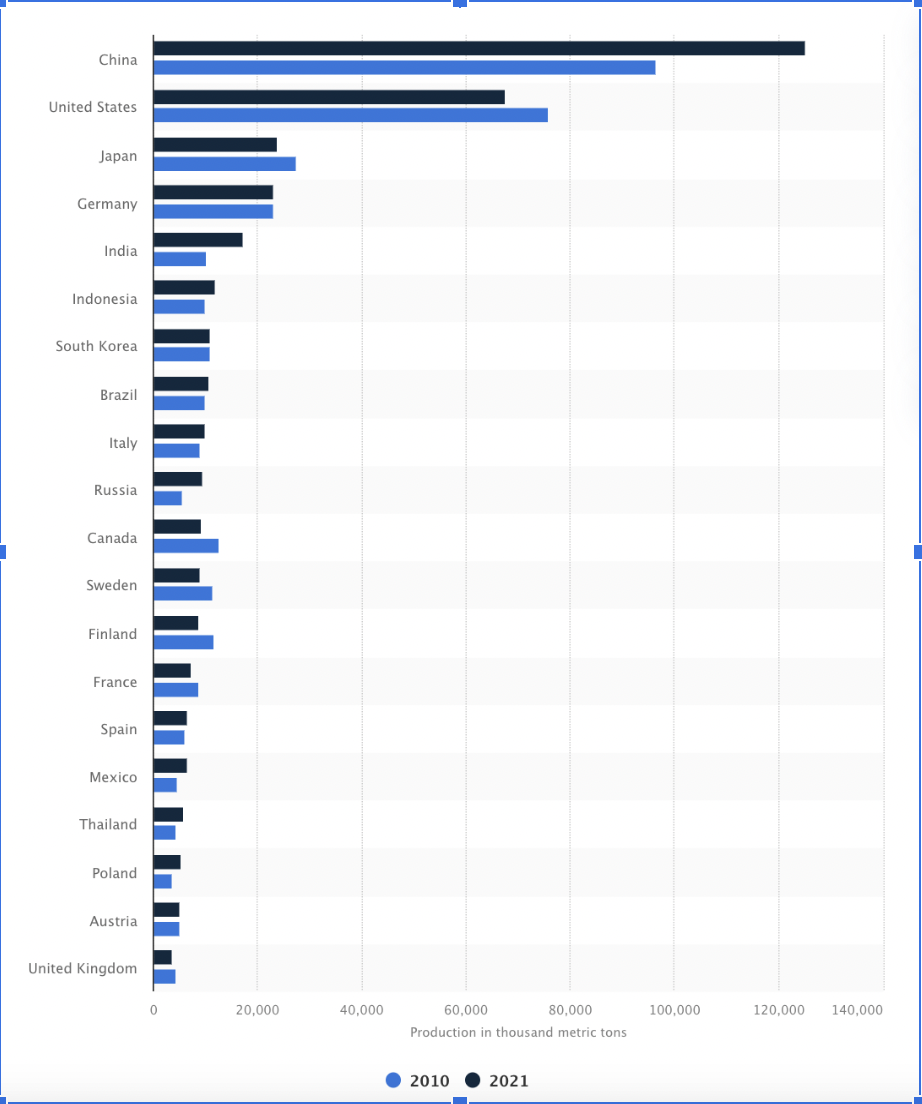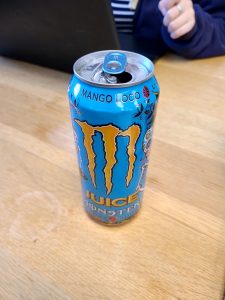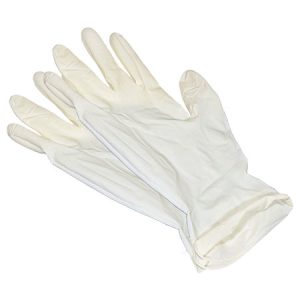I need to fidget and because of that I have made some interesting fidget toys based on them having a nice texture. An example of that is I had a single-use lidocaine patch like one of the big pad ones. I put the patch on my body for pain management and it helped. While I was putting it on I noticed it had a nice squish to it so once it was done I took it off and folded it in half. I just kept it for about a month or two to just feel it. I would roll it up, it would be squishy kind of like one of those little mini Squishy toys. And because of that material that I was made out of it was also cold and so when it was hot in my dorm I could also just put it near my face and it’d be cold and nice. I wasn’t using the object for its intended purpose. Well I did use it for its intended purpose and then I found another purpose after. I’ll probably do that again if I need to use another lidocaine patch. The Object is disposable because it only has one use, to be put on your body to numb the pain and when it’s been on long enough then you can take it off and throw it away. While cleaning my room I did end up throwing it away because it was the floor and it got a bit gross and dirty. It’s quite frustrating how many things are single use, which is why I normally stick to lidocaine creams, especially the roll-on kind. As those can be used multiple times even if the packaging isn’t super great.
Category Archives: Disposability
Paper Plates
A disposable item many of us interact with regularly is paper plates. Whenever we are in a setting where we are eating meals but do not want a lot of cleanup, we use paper plates and disposable cutlery. These items obviously are meant to be temporary substitutes for their real counterparts, and what separates them is the ability to clean and reuse them. If you try to clean a paper plate, it will fall apart, so any messes that end up on the plate can not be cleaned off. This is what makes these paper plates disposable. Any food residue that ends up on them can not be cleaned off, so eventually they will mold, or attract insects, and they might cause a health risk if they were reused on a different day. The item itself is made from paper, a material that is not known to be particularly durable, and although paper can be composted or recycled, most of these paper plates would probably end up in the trash and taken to the dump. Especially in larger party settings, in which paper plates are used the most, it often becomes a hassle to separate trash and keep track of how people are disposing of things, so having a single place to dispose of things is often easier for cleanup.
Disposability
Receipts are what came to my mind when I was asked to pick something disposable. You know when you go to cvs and they give you the miles of receipts? The ones that always end up forgotten in a pocket or crumpled and thrown on a dresser. It’s more trees and more landfill waste in a day and age where everything’s going digital. A lot more stores are offering a digital option but I wish it was more common. Or they could be shortened and cut out all the unnecessary ads and coupons that just get you to buy more. The worst part about them though is that they are printed on a paper that can only be thrown out. There is never another use for a receipt other then for it to be thrown out. Continue reading
disposable forks
The object I’m choosing is a plastic fork. The object to us is supposed to be a single use throw away plastic. Plastic forks aren’t meant to be washed and taken care of. They need to be used and tossed, that way people buy more forks (Capitalist ideal) and you don’t need to do dishes (Normal thinking). A plastic fork is of course made of plastic, typically in a white or black color, but sometimes like at a birthday party they might come in a fun rainbow variant, like a yellow or a blue. Plastic forks tend to have a connection to events like parties or get-togethers, because you have lots of people and may not have that many utensils. Instead you buy the plastic forks, people use them and then throw them out so you don’t have to wash tons of dishes, it’s there to save you manual labor. Most plastic forks probably end up in a landfill, or in the woods somewhere, sometimes in a park where a child’s birthday party was held. Wherever they go it isn’t to be used again.
Disposability
The main type of “disposable” item that I use on a day to day basis is probably food with plastic/disposable packaging. This type of product is designed to only serve a purpose until the food has been eaten, at which point is is considered useless, and moves into the category of waste. Most of the time, in my experience, food packaging is made of plastic, I would assume that the materials used are pretty cheap and can be mass produced. It doesn’t tend to be recyclable, and after its short lifespan where it is considered to be of use, it will end up in landfills (where it will probably take much, much longer to decompose). Food packaging is a type of item that people don’t tend to think twice about, at least in American culture. It almost never has any deeper meaning attached to it, and it can easily be thrown out without hesitation. Our culture of convenience makes premade food with disposable packaging a highly tempting option for a lot of people, including myself. At times, it can also be cheaper than healthier, more sustainable food options- another reason why so many people tend to buy these products.
Disposability
Paper-based goods: paper bags in shops, the paper cups and paper to-go boxes in the dining commons, tissues, toilet paper, and paper towels. These objects are designed to be disposable; they can rarely withstand a second use as they begin to disintegrate after the first. They are marketed as convenient and hygienic. Hygienic objects are meant to be disposed of, it is only hygienic if it is away from us. It becomes unhygieniconce it is used.
Where did she come from, where did she go: According to Statista, “the United States imported 3.28 million metric tons of packaging paper and paperboard in 2021.” The graph, also from Statista, shows the “production volume of paper and paperboard in selected countries worldwide in 2010 and 2021”. As shown in the infographic, landfills are largely filled with paper and paper products.

Styrofoam cups
I use styrofoam cups often. Its disposable and comes in handy for me and others. For instance if I have company and don’t want a sink full of dishes, i’ll pass them a cup.This is a disposable item that avoids the cause of creating dishes. We believe this is disposable because we typical use the cup as a single usage. We may rinse it out a couple time but once we have drunk enough, the cups get thrown away. These cups are usually fairly cheap and is easy to access.By using cheap products, companies are able to produce more. Nobody wants to consistently wash dishes so creating a cheap useful disposable object that itself would aid people’s daily life while causing profit to large companies.
Disposability

I regularly interact with aluminum cans. I usually drink energy drinks and I like pineapple juice. The way that these are packaged is always in cans. Naturally, when I am done drinking the contents of the drink I am left with the empty cans. This object is seen as disposable because it has served its purpose, and there are no further uses for the can. It has done its job of housing the sustenance that I paid for and now it is supposed to be recycled or thrown away. When I recycle the cans I have no real idea of where it will be going, I do not have much of an understanding of how Hampshire handles recycling. It is interesting to me that this item is only made to hold something that is consumed, there is no longevity of the object, and it is made to be tossed away once someone finishes it or has decided that they do not want it anymore. I also assume that when I buy the drink I am also paying for the can, the design of the can also makes it a single-use item because it cannot be resealed. I see this as a flawed, but deliberate design by these companies to make sure that people go back to buy their product. Honestly, it does work because I will end up going back to buy another one. This speaks to the larger problem of design and consumerism that is so present in the objects that we interact with, I also think that there is something to be said about the drink itself. This is another thing that these companies have control over, the drinks cannot be easily recreated.
The Handmaid’s Magazine

I do not regularly interact with magazines but I know that many people do and I think it would be an interesting thing to write about. Magazines come out very quickly one after another and there are so many different kinds. They are all meant to be read and then discarded. The magazine industry relies on the fact that people will quickly consume the information within before moving onto the next one. The interesting thing about magazines is that the information is also disposable. I realized this while reading the Handmaid’s Tale by Margaret Atwood. The narrator is thinking about her life from before and is given a magazine. She says “I read them in dentists’ offices, and sometimes on planes; I’d bought them to take to hotel rooms, a device to fill empty space while I was waiting for Luke. After I’d leafed through them I would throw them away, for they were infinitely discardable, and a day or two later I wouldn’t be able to remember what had been in them” (Handmaid’s Tale, Chapter 25, Margaret Atwood). Not only is the physical thin brightly colored paper disposable but too is the information within. The quizzes, tips and tricks, new styles, and celebrity drama is all disposable too, it may be interesting in the moment even worth a mention to a friend but after only a few days the memory of the magazine will fade and with it all of the information and bright pictures as well. The paper will go from production line to trash can in only a matter of days and the information will drift off to wherever forgotten information ends up and it will be as if the magazine never existed at all. The Handmaid’s Tale on the other hand is completely in-disposable. The book has had an impact on dystopian literature and feminism. It was published in 1985 and is still relevant today, maybe even more so. Not to mention the fact that because of how many times the book has been a part of book banning and book burning the author Margaret Atwood commissioned a flame proof version of the book.

Disposability
Something I regularly interact with that’s typically considered to be disposable are plastic gloves. I’ve had a couple of jobs working in the food industry and it’s something immediately that came to mind. The purposes of these are to protect the health of everyone, so that context matters, and makes it disposable. In terms of construction, it covers your hands fully to protect whatever’s on your hand from the public, and is usually supposed to be replaced every hour or two. This idea also connects to things like switching your cutting board after cutting meats, to later cut vegetables for cross contamination. I feel like also since it’s plastic we sometimes immediately think of disposable, or just things not meant to last or be permanent. The socialization of this also is due to the quality of plastic gloves since they are sometimes easy to break, but they’re not easy to degrade in relation to the environment.
